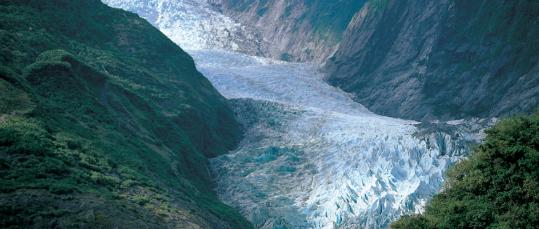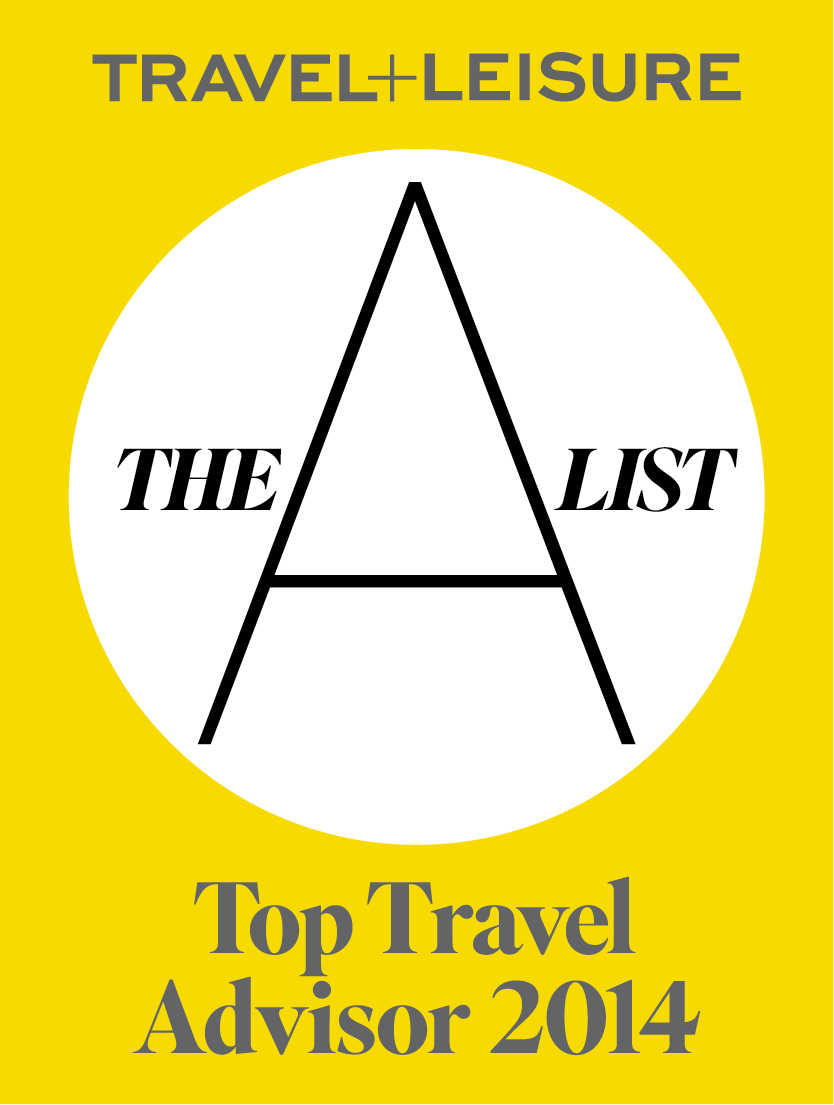Travelers Say From mid-October to early November, 2010 my husband and I traveled from the southwest USA to New Zealand on a trip personalized for us by Donna Thomas of New Zealand Travel. This was no easy task either, given that I have a very debilitating chronic illness, which typically precludes even weekend travel. To say I was hesitant to go such a distance, and for so long would be a great understatement, and I am forever grateful to Donna and her team for planning an itinerary, lodging, transportation, etc that allowed me to do something I thought I could not do. Not only did they create a beautifully designed vacation within a budget, they met my personal health demands with compassion and understanding, and gave me back the gift and freedom of travel. We presented Donna and her team with a goliath challenge to create for us a 3 week experience on both the north and south islands of New Zealand within a specific budget, have me arrive there without exhausting me so much that I would not be able to participate in anything at all, and to find lodging to accommodate my need for privacy, quiet, rest, and special dietary requests. In addition I required a wheelchair for all travel and for certain locations requiring a great amount of walking. Tours were booked with precise timing to alternate between high and low energy demands, had to begin after noon, and had to allow at least 2 days rest between each. Tours also had to be flexible enough that we could cancel in the event I was too sick to go on any given day. If that wasn't enough, throw in the fact that our first week in the north island was to attend the 2010 Single Speed World Championship mountain bike event, for which we traveled with 2 bicycles requiring storage for 2 weeks on the north island, while we traveled to the south island, and had to be transported to and from the airport with us and our 2 large bags! Donna accomplished all this while providing us a seamless, very fulfilling travel experience from the north island to the south, including travel by plane, train, car, and bike. Our accommodations were all exceptional and suited my needs and our requests for style, location and sightseeing. We enjoyed a mix of apartment style and bed and breakfast lodging, moderate to upscale, and all were exceptional with gracious hosts who knew Donna well. Our drivers felt like family, taught us much about the country, and were happy to accommodate special requests. They were always at the ready in the event we needed help of any kind, and we knew they were reporting to Donna on a regular basis. We felt very relaxed with our black binder complete with reservations for lodging and excursions, and organized by location. The road atlas came to us marked with precise directions for our destinations, and came marked with suggestions for gas stations as well as dining. We enjoyed one of the restaurants enough to go twice! Donna Thomas and New Zealand Travel planned for us the most enjoyable trip we have taken, and we would highly recommend working with them to plan your trip there!
- Donna Thomas CTC, 118 South Bellevue Avenue, Langhorne Borough Pa 19047
- nztravel@aol.com
- +1 800-367-5494 | +1 215-741-5155





